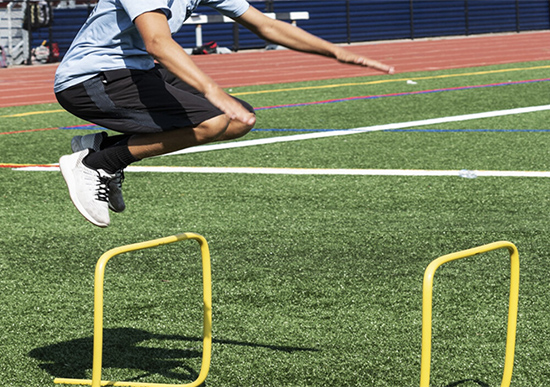Strength and conditioning is a crucial aspect of training for young soccer players, as it helps to prevent injury, improve performance and set the foundation for long-term success. However, designing an appropriate strength and conditioning program for young soccer players can be challenging, as they are still growing and developing, and it is important to consider their age, skill level, and physical development.
Why Strength and Conditioning is Important for Youth Soccer Players
Soccer is a physically demanding sport that requires players to have strength, power, endurance, agility, and coordination. Strength and conditioning training helps young soccer players develop the physical attributes that are necessary to perform well on the field. By improving their physical abilities, young soccer players will become more confident and able to perform at a higher level, which can ultimately lead to greater success.
In addition to improving performance, strength and conditioning can also help prevent injury. Many common soccer injuries are the result of imbalances in the muscles or a lack of overall strength, and by addressing these issues through strength and conditioning, young soccer players can reduce their risk of injury.
Components of a Youth Soccer Strength and Conditioning Program
A youth soccer strength and conditioning program should include several key components, including:
Warm-up and stretching: A proper warm-up and stretching routine is important to prevent injury and prepare the body for the demands of the training session. A warm-up can include light cardio and dynamic stretching, while stretching after the workout can help reduce muscle soreness and improve flexibility.
Resistance training: Resistance training helps to build strength and power, which are essential for soccer players. This can include exercises such as squats, lunges, and step-ups to target the legs, as well as exercises for the upper body, such as push-ups and pull-ups.
Plyometrics: Plyometrics are exercises that involve explosive movements, such as jumping and bounding, and can help improve power, speed, and agility. Examples of plyometric exercises for young soccer players include box jumps, bounding, and single-leg hops.
Core training: Strong core muscles are essential for stability and balance, which are important for soccer players. Core exercises, such as planks, side planks, and Russian twists, can help build strength in the muscles of the abdomen and lower back.
Endurance training: Soccer players need to be able to run and play for extended periods of time, so endurance training is an important component of a youth soccer strength and conditioning program. This can include activities such as running, cycling, or rowing, and should be tailored to the individual player’s needs and level of fitness.
Designing a Safe and Effective Program
It is important to approach strength and conditioning training for young soccer players with caution, as they are still growing and developing, and over-training or using heavy weights too early can lead to injury. A safe and effective program should be designed with the help of a qualified coach or trainer, who can assess the player’s current physical abilities and design a program that is appropriate for their age, skill level, and physical development.
Incorporating strength and conditioning into a young soccer player’s training program can have many benefits and help them reach their full potential on the field. However, it is important to approach it with caution and seek professional guidance to ensure it is done safely and effectively.

